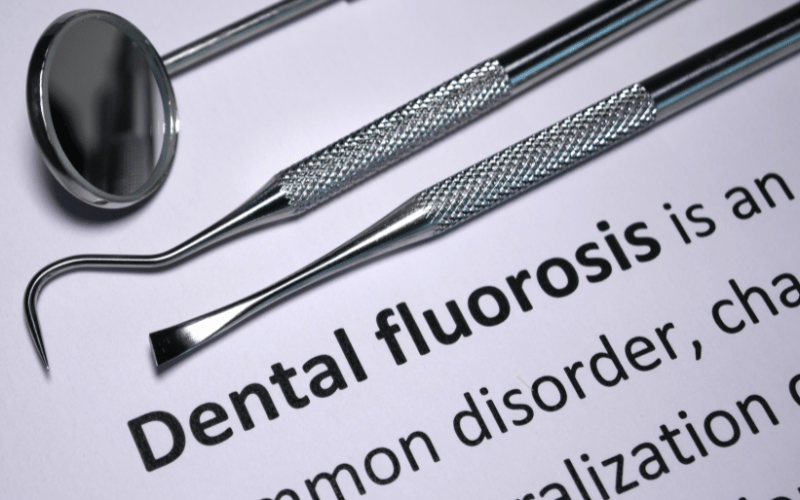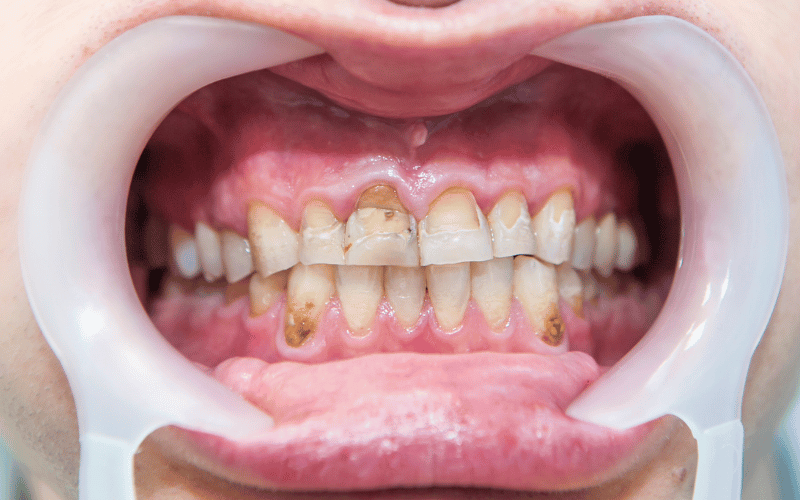Introduction: A Deep Dive Into Dental Fluorosis
Dental fluorosis stands as a unique and intriguing subject within the realm of oral health, sparking curiosity and concern for many. This enamel anomaly, predominantly arising from excessive fluoride exposure during the critical phases of tooth development in children, has garnered significant attention. To demystify dental fluorosis, it’s pivotal to scrutinize its causes, comprehend its various symptoms, and appreciate the necessity for both preventive measures and apt management techniques.

The journey into understanding dental fluorosis is not just about perusing through scientific facts; it’s about aligning oneself with the reality that many face when dealing with this condition. Dental fluorosis, in its various forms, reflects not just a physical alteration of tooth enamel but can also become a source of aesthetic concern, potentially leading to psychological distress. In the following segments, we will explore the multi-faceted aspects of dental fluorosis, aiming to provide clarity and insights into managing and preventing this condition.
Through rigorous examination and analysis, this article seeks to shed light on the vital facets of dental fluorosis. From exploring its historical roots to bringing to the forefront the latest research and findings, this narrative aims to guide you through an insightful journey into the world of dental fluorosis. As we navigate through the complexities of this topic, the goal remains clear: to equip you with knowledge, dispel myths, and ensure that you are well-versed in understanding and addressing dental fluorosis.
Fact 1: Tracing the Roots – What Causes Dental Fluorosis?

When delving into dental fluorosis, it’s essential to start at the beginning, understanding its primary catalyst. Dental fluorosis stems from an excess fluoride intake during the developmental stages of teeth, specifically from birth up until the age of eight. The fluoride, a naturally occurring mineral, can be found in varying amounts in water sources, food, and dental hygiene products.
Children are especially susceptible when they consume fluoride in amounts exceeding the recommended levels. This is often the result of drinking water with high fluoride levels, overconsumption of fluoride toothpaste, or the use of fluoride supplements in regions where drinking water is already adequately fluoridated. Such excessive fluoride exposure during the crucial periods of enamel formation leads to dental fluorosis.
The severity of dental fluorosis correlates directly with the amount, duration, and timing of fluoride exposure. The developmental stages of the permanent teeth are a crucial window, with the enamel being particularly vulnerable to excessive fluoride. When fluoride disrupts the normal process of enamel maturation, the resulting enamel is porous and hypomineralized, setting the stage for dental fluorosis.
Importantly, fluoride’s impact is contingent on total exposure, integrating all fluoride sources. Hence, it is not solely the fluoride in drinking water that must be considered, but also fluoride from other sources, ensuring a holistic approach to managing fluoride exposure. Understanding and controlling these various fluoride avenues is fundamental in preventing dental fluorosis, safeguarding the smiles of the next generation.
In summary, dental fluorosis is intricately linked to fluoride exposure during tooth development. By managing fluoride intake from all sources and maintaining it within recommended levels, dental fluorosis can be effectively prevented, ensuring the oral health and well-being of children worldwide. (1)